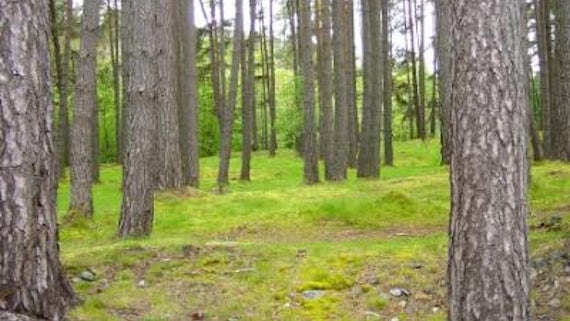Pushing the pace of tree species migration
4 Medi 2014

Plants and animals have responded to past climate changes by migrating with habitable environments, sometimes shifting the boundaries of their geographic ranges by tens of kilometers per year or more. Species migrating in response to present climate conditions, however, must contend with landscapes fragmented by anthropogenic disturbance. In a recent paper, published in the journal PLOS ONE, Dr Eli Lazarus and Dr Brian McGill consider this problem in the context of wind-dispersed tree species.
Mechanisms of long-distance seed dispersal make these species capable of rapid migration rates. Models of species-front migration suggest that even tree species with the capacity for long-distance dispersal will be unable to keep pace with future spatial changes in temperature gradients, exclusive of habitat fragmentation effects.
The paper presents a numerical model that captures the salient dynamics of migration by long-distance dispersal for a generic tree species. The model is then used to explore the possible effects of assisted colonization within a fragmented landscape under a simulated tree-planting scheme.
Results suggest that an assisted-colonization program could accelerate species-front migration rates enough to match the speed of climate change, but such a program would involve an environmental-sustainability intervention at a massive scale.
Read the paper in full here.